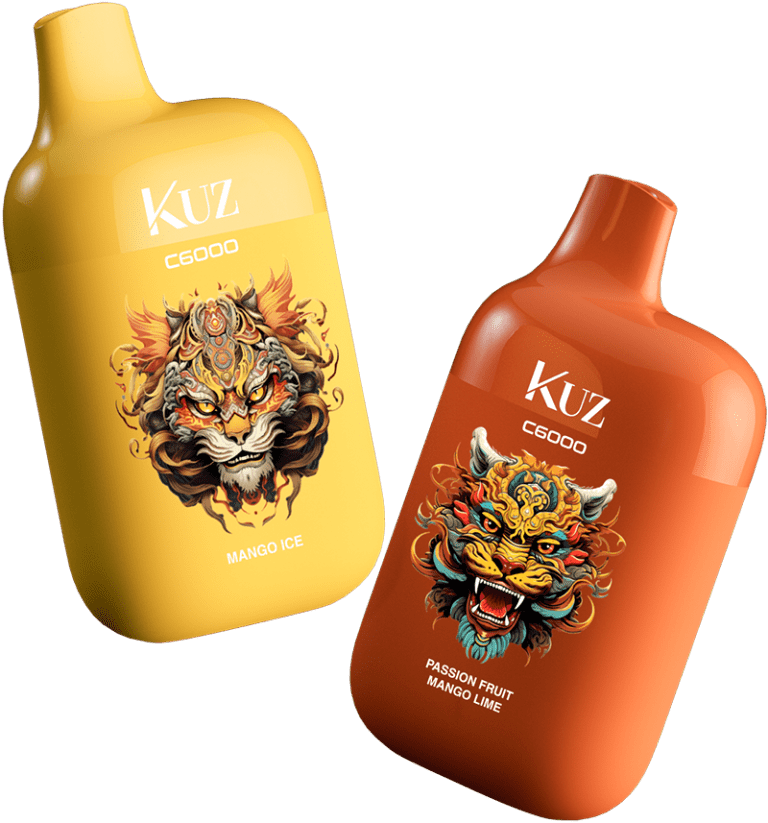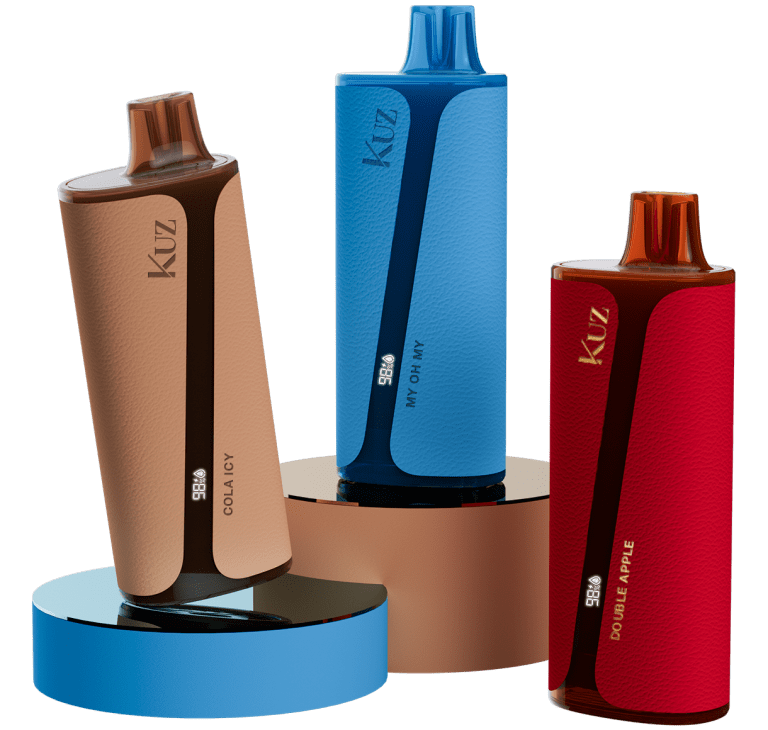Learning the Craft of Do-It-Your Own Vape Juice A common substitute for conventional smoking is vaping, and since DIY vape juice production has grown in popularity, users have more control over their vaping experience than ever before. Making your own vape juice allows you to adjust flavours, nicotine dosage, VG/PG ratios to fit your taste. Long-term financial savings can also be made from this enjoyable and fulfilling pastime.
We will walk you over all you need to know about creating homemade vape juice in this blog post. From knowing the fundamental ingredients to investigating inventive flavour combinations, you will get all the advice and techniques to start your DIY vape juice journey.
Why create Vape Juice yourself?
Making your own vape juice has a few advantages. It first allows you total control over the contents of your e-liquid. You can avoid unwelcome additives, change nicotine levels, and select premium components. Furthermore, especially if you vape frequently, homemade vape juice can be less expensive than purchased pre-made choices. At last, developing your own flavours can be a creative and enjoyable hobby that lets you try and uncover unusual combinations nowhere else.

Identifying the Components
You have to know the fundamental components needed before you begin creating homemade vape juice. Propylene glycol (PG), vegetable glycerin (VG), nicotine, and flavourings make up vape juice mostly. The base liquids generating the vapour are PG and VG; nicotine gives the intended throat hit and enjoyment. Taste and scent are added to your vape juice via flavourings, therefore enabling you to personalize the experience.
PG, or propylene glycol
PG is a thin, odourless liquid that accentuates your vape juice’s taste. Like smoking, it offers a significant throat hit, so former smokers often choose it. Some people, meantime, might be sensitive to PG and get dry mouth or throat irritation.
VG, Vegetable Glycerin
Thicker, sweeter liquid VG creates big vapour clouds. Often used in greater quantities for sub-ohm vaping, it delivers a gentler throat hit than PG. Generally regarded as safe for inhalation, VG comes from vegetable oils.
Cigarette
One optional component in homemade vape juice is nicotine. It comes in several strengths so you may adjust your nicotine dosage. While people who vape for taste could choose nicotine-free choices, former smokers may want stronger nicotine levels.
Flavours
Customizing your homemade vaping juice depends mostly on flavourings. From fruits and desserts to drinks and spices, they offer a great spectrum of possibilities. Using food-grade flavourings made especially for vaping guarantees safety and compatibility with your e-liquid base.
Crucial Tools
DIY vaping juice calls for some simple tools. Including:
- Syringes or graded cylinders: measurement tools
- Empty bottles to combine and preserve your e-liquid.
- Safety goggles and safety gloves
- Digital scales for exact measurements
- a tidy, well-ventilated workplace.
Accurate measurements and a safe mixing process—which are absolutely vital for producing premium vape juice—are guaranteed by the correct gear.
Calculating Ratios and Measurements
Making homemade vape juice requires careful constituent component ratio and measurement calculations. This comprises figuring the desired VG/PG ratio, nicotine strength, and flavour %. Online calculators and e-liquid recipe websites provide exact quantities depending on your tastes, so helping to streamline this process.
Ratio of VG to PG
The whole vaping experience is impacted by the VG/PG ratio. Common ratios include 30/70, 50/50, and 70/30; the first number, represents the VG proportion, and the second, PG. Higher PG ratios improve taste and offer a stronger throat punch; higher VG ratios create bigger clouds and a smoother throat hit.
Nicotine Content
Measuring nicotine strength in milligrams per millilititer (mg/mL) For heavy smokers, common ranges span 0mg (nicotine-free) to 24mg. Start with less nicotine and change depending on taste and tolerance.
Percentage of Taste
Personal taste and concentration of your flavourings determine the flavour proportion. Usually, a range is 5–20%; larger percentages offer more strong tastes. Start with a smaller percentage then progressively raise till you get the right taste.
Combining Your Homemade Vape Juice
It’s time to mix your ingredients once you have your measurements. Use these guidelines to create a successful do-it-yourself vape juice:
Set up your workspace.
Make sure your workstation is free from distractions, well-ventilated, and tidy. To avoid mishaps, don safety eyewear and protective gloves.
Measure Your Components:
Measure the needed PG, VG, nicotine, and flavourings using syringes or a digital scale. Achieving the proper balance and consistency requires accuracy.
Combine your materials.
Put the elements together in an empty bottle. Starting with the PG and VG, next the nicotine, lastly the flavourings. To guarantee even dispersion, really shake the bottle.
Slope Your E-Liquid:
Steeping lets the tastes marry and grow over time. For at least a week, keep your e-liquid in a cold, dark spot; shake the bottle often. For best taste, some flavours may call for longer steeping times.
Taste Experimenting
Experimenting with flavours is among the most fascinating features of homemade vape juice. Don’t hesitate to get creative and test fresh pairings. For a tropical combination, mix several fruit flavours; for a rich, decadent taste, mix dessert flavours. Note your recipes so you may copy great combinations and adapt as necessary.
Common Issue Troubleshooting
Making DIY vape juice can need both some trial and error. These are a few typical problems together with solutions:
Sharp Voice Hit
Try lowering the PG ratio or cutting the nicotine level if your vape juice causes a strong throat hit. Including a little more VG will also help the throat hit be more evenly distributed.
Trying several flavourings or raising the flavour % will help to enhance weak flavour. Make sure you’re using premium, food-grade flavours meant for vaping.
Especially Sweet
Should your vape juice be very sweet, lower the VG ratio or substitute less sweet flavours. Certain flavours can be rather concentrated; therefore, changing the percentage helps to balance the sweetness.
Finish
Making your own cheap and satisfying DIY vape juice can help you to personalize your vaping experience. Understanding the components, honing the mixing technique, and playing with flavours can help you create distinctive and premium e-liquids catered to your tastes. Keep safety first, then interact with the DIY community to improve your knowledge and abilities. glad you are vaping.
All set to begin your own trip of DIY vape juice? Get your supplies, use our advice, and savour the countless possibilities created from handcrafted e-liquids.



